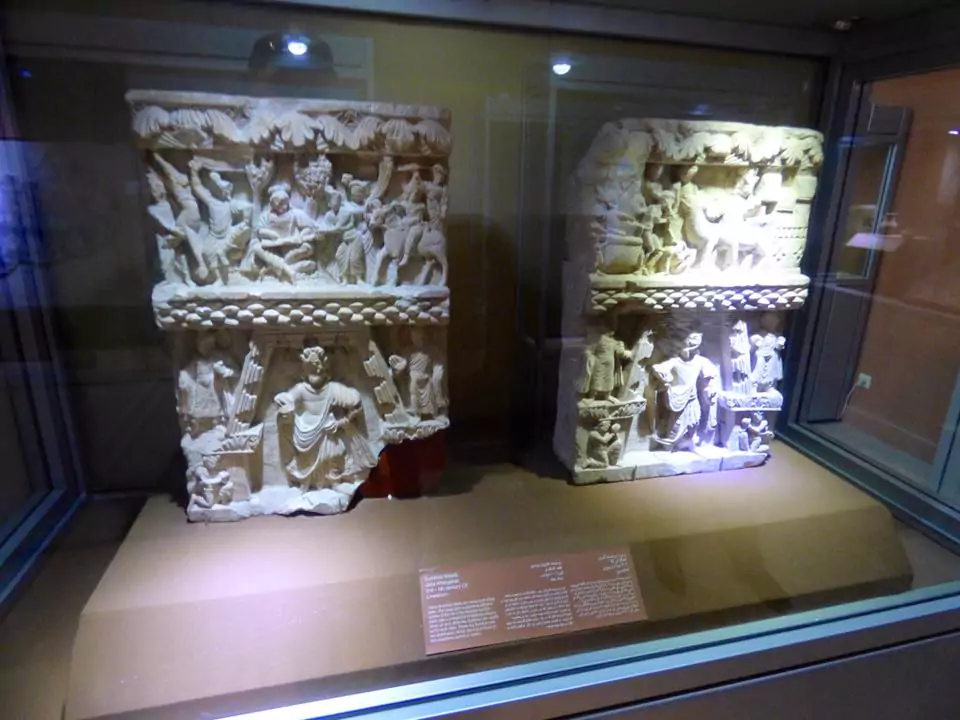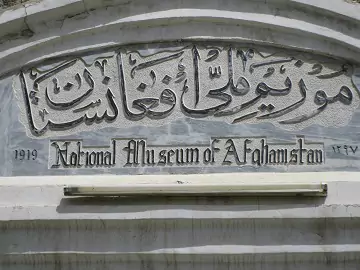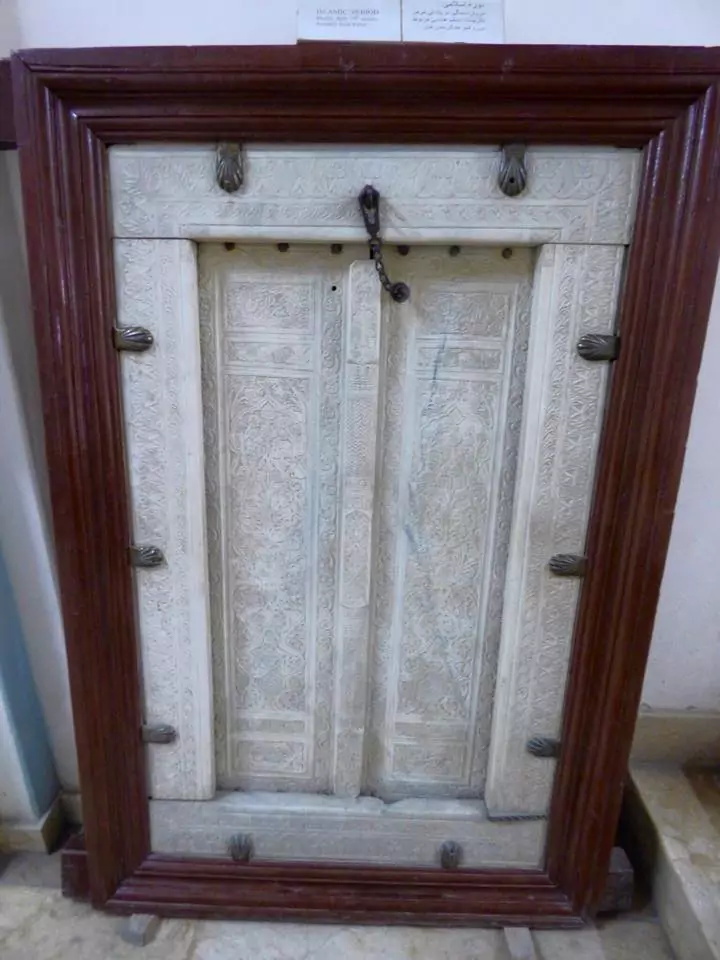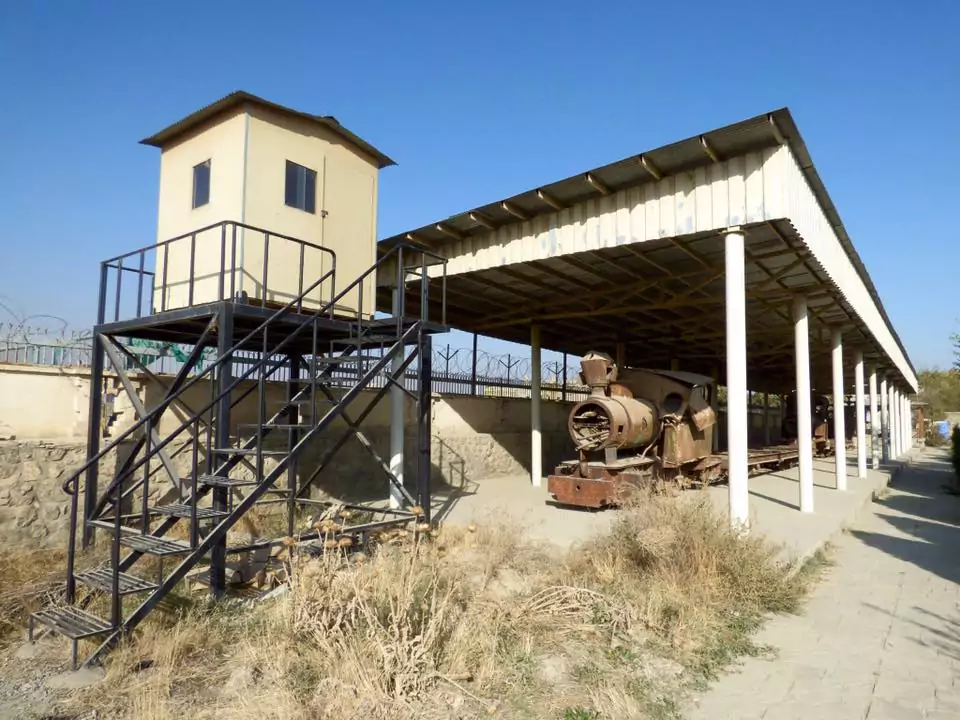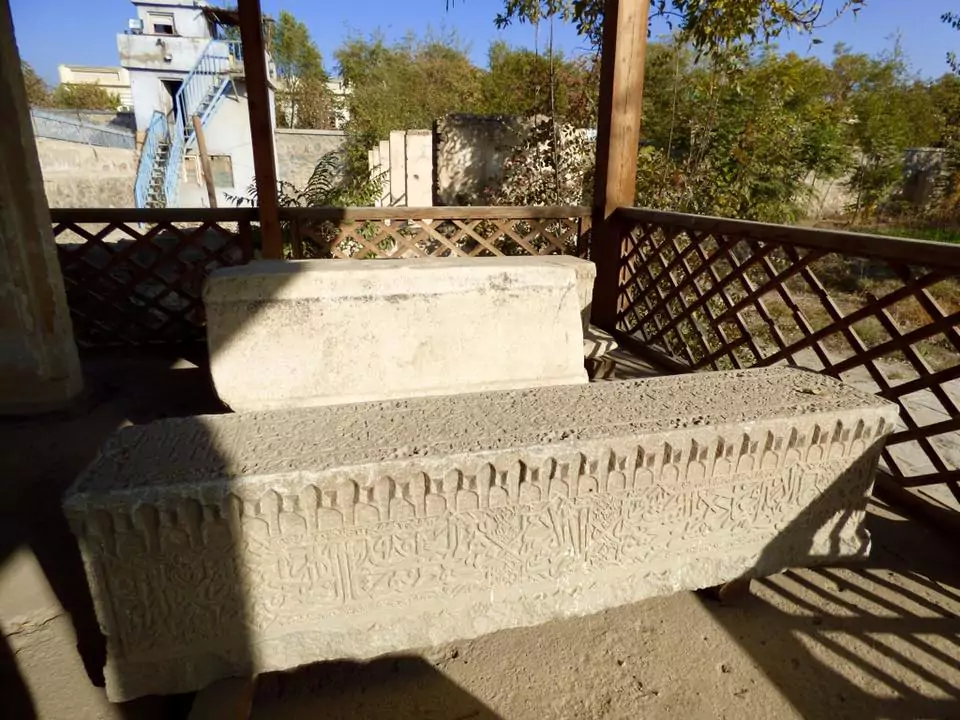Step into the National Museum of Afghanistan, a cherished institution where the threads of this nation’s captivating history are masterfully woven together. Explore millennia of cultural relics, from majestic sculptures to intricate artifacts that reveal the stories of Afghanistan’s dynamic past.
A Testament to Resilience: The Museum’s History
The National Museum of Afghanistan has borne witness to both triumph and adversity. Established in 1919, its collections steadily grew, showcasing Afghanistan’s extraordinary heritage. Yet, despite facing immense challenges throughout decades of conflict, the museum remains a beacon of preservation and a testament to the resilience of the Afghan spirit.
Architectural Splendor
Beyond its historical significance, the National Museum of Afghanistan also boasts architectural beauty. The National Museum of Afghanistan is a cultural gem located in the Darulaman area of Kabul, Afghanistan. Let’s delve into its fascinating history and architectural significance:
- History:
- The museum was established in 1919 during the reign of King Amanullah Khan.
- Initially housed in the Bagh-e Bala Palace, it later moved to its current location in 1931.
- Historian Nancy Dupree co-authored a guide to the Kabul Museum in 1964.
- Unfortunately, the museum faced significant challenges during the civil war in the early 1990s. It was looted multiple times, resulting in the loss of 70% of the 100,000 objects that were on display.
- Architectural Features:
- The National Museum of Afghanistan is a two-story building situated across the street from the Darul Aman Palace.
- Its design incorporates elements of traditional Afghan architecture, reflecting the rich cultural heritage of the region.
- Given that specific architectural features are not detailed in the available information, we might imagine elements such as intricate wooden carvings, decorative tiles, and arched doorways that are characteristic of Afghan design.
- The museum’s collection was once one of the most important in Central Asia.
- Collections:
- The museum’s collection was once one of the most important in Central Asia.
- It included over 100,000 items dating back several millennia, representing various historical periods, including Persian, Buddhist, and Islamic dynasties.
- Tragically, due to the civil war, the museum lost a significant portion of its artifacts. However, efforts have been made to recover and restore some of these treasures since 2007.
- Recent Developments:
- In 2012, the United Kingdom returned approximately 843 artifacts, including the famous 1st Century Begram ivories.
- Despite the challenges, the museum continues to be a symbol of Afghanistan’s rich cultural heritage.
If you’re ever in Kabul, I encourage you to visit this remarkable institution and explore its surviving treasures firsthand! For more information, you can visit the official National Museum of Afghanistan website.
Treasures Through Time: Collections and Exhibits
Let’s delve into the captivating exhibits at the National Museum of Afghanistan:
- Prehistoric Artifacts: Explore artifacts from ancient eras, including the Bronze Age, Indus Valley Civilization, and Gandhara period. These objects offer glimpses into the daily lives, rituals, and craftsmanship of early Afghan civilizations. Look out for pottery, tools, and jewelry that tell stories of our distant ancestors.
- Buddhist Sculptures: Marvel at the intricate Buddhist sculptures, particularly those from the Gandhara region. These sculptures blend Hellenistic and Indian artistic styles, portraying serene Buddha figures, bodhisattvas, and other deities. The use of stone and stucco creates a sense of timelessness.
- Islamic Artworks: Admire the exquisite Islamic artworks, including illuminated manuscripts, calligraphy, and ceramics. Look for the delicate Quranic verses written in beautiful script, as well as geometric patterns and floral motifs. These pieces reflect the cultural fusion of Persian, Central Asian, and Indian influences.
Remember, each exhibit at the National Museum of Afghanistan is a testament to the resilience and creativity of Afghan people throughout history. If you ever get the chance to visit, take your time to appreciate these treasures and the diverse cultural legacy they represent!
Delving Deeper: Educational Programs
The National Museum of Afghanistan is a fascinating institution that offers a glimpse into the rich history and cultural heritage of Afghanistan. Let’s explore some of the educational programs you can participate in:
- Guided Tours: Join a guided tour led by knowledgeable experts who will take you through the museum’s collections. Learn about ancient artifacts, historical events, and the significance of each exhibit.
- Hands-On Workshops: Engage in interactive workshops where you can try your hand at traditional crafts, such as pottery making, calligraphy, or textile weaving. These workshops provide a deeper appreciation for Afghan art and craftsmanship.
- Lecture Series: Attend thought-provoking lectures on various topics related to Afghan history, archaeology, and culture. Renowned scholars and researchers often share their insights, making it an enriching experience.
Remember that the National Museum of Afghanistan has faced challenges due to conflict and looting, but efforts are ongoing to preserve and showcase its valuable artifacts. If you ever get the chance to visit, I highly recommend exploring its exhibits and participating in these educational programs!
A Welcoming Experience: Visitor Information
When visiting the National Museum of Afghanistan, you’ll find a variety of visitor-friendly amenities to enhance your experience. Here are some key features:
- Café: After exploring the exhibits, take a break at the museum’s café. Enjoy a cup of coffee, tea, or a light snack while reflecting on the fascinating artifacts you’ve seen.
- Gift Shop: The museum’s gift shop offers unique souvenirs, books, and handicrafts related to Afghan culture and history. Whether you’re looking for a memento or a thoughtful gift, the shop has something for everyone.
- Guided Tours: Join a guided tour to gain deeper insights into the museum’s collections. Knowledgeable guides share stories about the artifacts, historical context, and cultural significance.
- Interactive Displays: Some exhibits feature interactive displays where you can learn through touchscreens, multimedia presentations, or hands-on activities. These engaging elements make the museum experience more dynamic.
- Rest Areas: If you need a moment to rest or simply want to sit and absorb the surroundings, there are designated rest areas throughout the museum. Take advantage of these peaceful spots.
- Wi-Fi: Stay connected! The museum provides Wi-Fi access, allowing you to share your discoveries with friends and family or continue learning online.
Remember to explore at your own pace and immerse yourself in the rich heritage of Afghanistan. Enjoy your visit!
Preservation for the Future: Safety and Regulations
To safeguard the museum’s precious collections, it maintains appropriate security measures. By adhering to the museum’s guidelines, you’ll help preserve these treasures while ensuring a safe and enjoyable experience for all.
Accessibility for All
The National Museum of Afghanistan is committed to ensuring accessibility for all visitors. Here are some features and accommodations they provide:
- Ramps and Elevators: The museum has ramps and elevators to facilitate access for visitors with mobility challenges. These features allow everyone to explore the exhibits comfortably.
- Audio Guides: For visitors who are visually impaired or prefer auditory information, the museum offers audio guides. These guides provide detailed descriptions of artifacts, historical context, and exhibit highlights.
- Braille Labels: Some exhibits have Braille labels alongside regular text labels. This allows visitors with visual impairments to engage with the content.
- Assistance Animals: Service animals are welcome inside the museum. If you have a service animal, feel free to bring them along during your visit.
- Reserved Parking: Accessible parking spaces are available near the museum entrance for visitors with disabilities.
- Wheelchair Accessibility: The museum’s pathways and galleries are designed to accommodate wheelchairs. Visitors can move freely throughout the museum.
- Quiet Spaces: If you need a quiet area to rest or take a break, inquire with the museum staff. They can guide you to a peaceful spot.
- Advance Communication: If you have specific needs or require additional assistance, it’s advisable to contact the museum in advance. They will make arrangements to ensure your visit is enjoyable.
Remember that the staff at the National Museum of Afghanistan is dedicated to providing a welcoming experience for all visitors. If you have any specific requirements, don’t hesitate to reach out to them ahead of time. Enjoy your visit and explore the rich cultural heritage of Afghanistan!
Supporting a Legacy: Community Engagement
Become a part of the National Museum of Afghanistan’s dedicated community. Discover the vital work of conservationists and how you can support the preservation of Afghanistan’s cultural riches for generations to come.
Stay Updated: Events and Exhibitions
Absolutely! Staying informed about events and exhibitions at the National Museum of Afghanistan is a great way to enhance your experience. Let me share some details about a recent exhibition:
Recent Exhibition: “Treasures of Ancient Bactria”
- Description: The “Treasures of Ancient Bactria” exhibition showcased artifacts from the ancient region of Bactria, which spans parts of present-day Afghanistan, Uzbekistan, and Tajikistan. Bactria was a crossroads of cultures, and its art and artifacts reflect this rich history.
- Highlights:
- Gold and Silver Ornaments: Visitors had the chance to see intricately crafted jewelry, including necklaces, bracelets, and earrings made from precious metals.
- Bactrian Coins: The exhibition featured ancient coins minted in Bactria, additionally providing insights into trade, economy, and governance during different periods.
- Terracotta Figurines: Delicate terracotta figurines depicting gods, animals, and everyday life were on display.
- Stone Carvings: Visitors marveled at stone sculptures and reliefs that depicted mythological scenes and historical events.
- Interactive Sessions: The museum organized interactive sessions where experts discussed the significance of these artifacts and their cultural context.
- Upcoming Exhibitions: Keep an eye on the museum’s website for information on upcoming exhibitions. They often rotate their collections, so there’s always something new to explore!
Remember to check the museum’s official website or social media channels for announcements about future exhibitions. Enjoy your journey through Afghan history and art!
Planning Your Visit
Certainly! Let me provide you with information about the National Museum of Afghanistan:
- Operating Hours:
- The National Museum of Afghanistan is open from 8:00 AM to 3:30 PM every day of the week.
- Here are the specific hours for each day:
- Monday: 08:00 AM – 03:30 PM
- Tuesday: 08:00 AM – 03:30 PM
- Wednesday: 08:00 AM – 03:30 PM
- Thursday: 08:00 AM – 03:30 PM
- Friday: 08:00 AM – 03:30 PM
- Saturday: 08:00 AM – 03:30 PM
- Sunday: 08:00 AM – 03:30 PM
- Admission Fees:
- Unfortunately, I couldn’t find specific admission fees for various visitor categories. It’s best to check the official website or contact the museum directly for up-to-date information on ticket prices.
- Visitor Tips:
- When visiting the National Museum of Afghanistan, consider the following tips:
- Best Times to Visit: Mornings are generally less crowded. Therefore, consider arriving early to explore the exhibits comfortably.
- Photography Policies: Check if photography is allowed inside the museum. Some artifacts may have restrictions on photography.
- Location: The museum is located across the street from the Darul Aman Palace in the Darulaman area of Kabul.
- Historical Significance: Keep in mind that this museum has a rich history and has faced challenges due to conflict. It’s a testament to Afghanistan’s cultural heritage.
- When visiting the National Museum of Afghanistan, consider the following tips:
Conclusion
The National Museum of Afghanistan is more than a repository of objects; it’s a portal into the soul of a nation. As you wander its halls, the stories of Afghanistan’s remarkable past unfold, leaving an enduring impression that celebrates the richness of human civilization through time.


